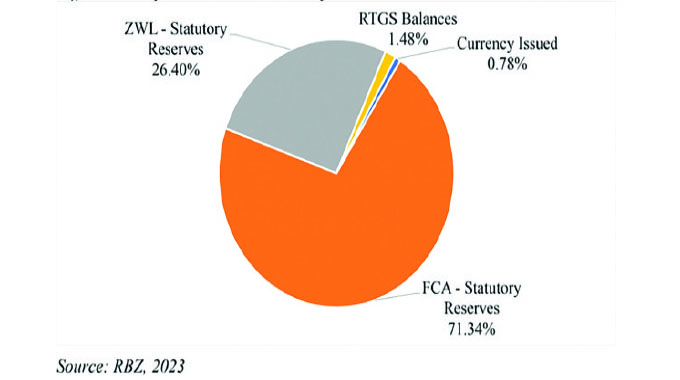Govt to increase renewable energy output

Tawanda Musarurwa Senior Business Reporter
Zimbabwe is targeting to have renewable energy (RE) output accounting for 16, 5 percent of the country’s total electricity demand by 2025, rising to 26,5 percent by 2030.
The figures are contained in the National Renewable Energy Policy (2019). The country requires 1 800 megawatts (MW) at peak periods of demand, but is currently able to generate way under 1 000MW due to constrained production capacity at two of the country’s largest power plants.
Addition of renewable energy sources to the power mix is expected to contribute to improvement in power supplies in the medium-to-long term.
“The goal is to increase access to clean and affordable energy through addition of installed RE capacity of 1 100MW by the year 2025 or 16,5 percent of the total generation from RE sources, whichever is higher; and 2 100MW by the year 2030 or 26,5 percent of total generation from RE sources, whichever is higher,” reads part of the policy document.
“The contribution of RE sources excluding large scale hydropower to the installed electricity supply mix currently (2018) stands at about 5 percent.
“This contribution comes predominantly from bagasse co-generation power plants in the south-east of the country and a few mini-hydro power plants in the eastern highlands.”
In terms of the RE contribution mix, small hydro plants are expected to contribute 150MW, grid solar to contribute 1 575MW, while wind will contribute 100MW, and bagasse and “other RE” to contribute 275MW. The RE policy was launched earlier this year, but previously the country has made slow-to-no progress on the implementation of indicated solar projects, for instance.
As far back as 2012, the Zimbabwe Power Company indicated plans to convert defunct mini-power stations in Zvishavane and Mutare into solar-powered plants. It was said at the time that the move by the power company to focus on the rehabilitation of small power stations was part of its broader strategy to improve electricity supplies in the country.
However, even numerous private RE projects that have been licensed by the Zimbabwe Energy Regulatory Authority (ZERA) have not come to fruition, perhaps due to constrained funding.
Such projects are now expected to “migrate” to the new National Renewable Energy Policy.
“Projects which have been issued licence before policy notification will have to migrate to the new policy,” reads the document.
Other observers have, however, ever indicated that the country lacked an RE policy to guide implementation of such projects.
With regards to the new National Renewable Energy Policy, Government will now expedite the development of strong institutional and regulatory framework that will promote the uptake of renewable energy in the country.
The authorities will also look to reduce development timelines for RE projects, develop a robust financing mechanism, promote off-grid technologies and promote local manufacturing of RE equipment, among other initiatives.
Meanwhile, Government said it will continually review the policy in view of the fast evolving nature of the RE technologies.
“Considering the developments in the RE space, a policy duration that is too long may be too rigid to adapt to changing conditions,” says the policy.
“There shall be a review at the end of the year 2022 and year 2026. This is to incorporate changes in the policy that may be necessary to adjust to the latest developments that may arise in the future.”








Comments